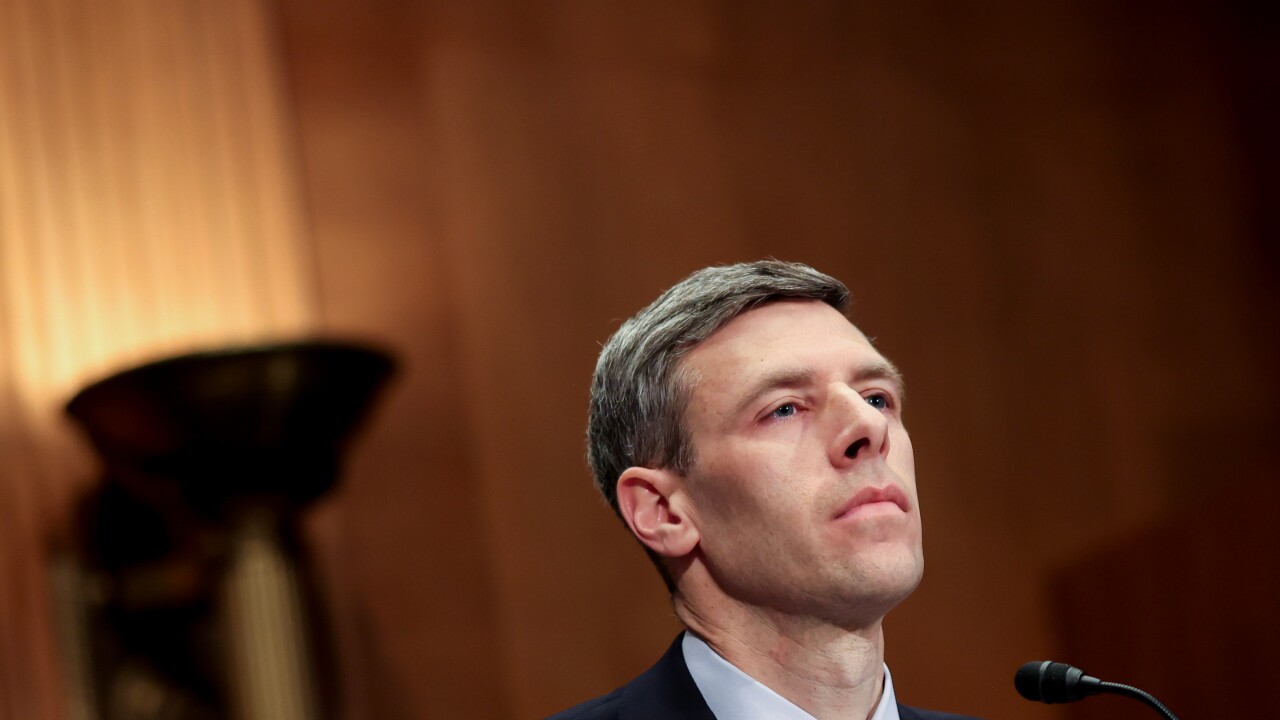Credit cards were the
The latest Credit Union Trends Report from CUNA Mutual Group showed credit card debt levels at credit unions up 7.4 percent year-over-year in October (the most recent data available), for a total of $60.2 billion in outstanding balances – an increase of more than $4 billion from one year prior and nearly $9 billion more than two years earlier. A

Todd Clark, president and CEO of CO-OP Financial Services, predicted mid- to high-single-digit growth for both credit and debit card usage in 2019.
“It seems to be the end of the growth cycle in credit, because it has been pretty bullish for a while,” he observed. “A lot of people are thinking 2020 will be a bigger pullback or adjustment in the market. There may be a debit shift toward the end of 2019 as people prepare for the pullback.”
Because credit cards still are the preferred device for payments, PSCU CEO Chuck Fagan said credit unions have an “obligation” to differentiate, however they can, their credit cards versus all the offers that flood consumers’ postal mail and e-mail inboxes.

“The entire experience the cardholder gets – from the point of sale, to when they need to call, and anything else, needs to be positive for the consumer to keep the card product,” Fagan asserted. “Our call centers are all across the country handling millions of calls each year. We invest in the technology our agents use not just for security but also the experience. Visa and MasterCard report 98 percent approval for in-person transactions, and about 84 percent to 86 percent online. Anything we can do to drive that approval percentage up, while still protecting the assets of the credit union, is good.”
Interchange is also expected to remain a crucial issue for credit unions in the year ahead.
“We will continue to see pressure on interchange, particularly debit interchange,” Clark said. “The U.S. has the highest debit interchange in the world, and merchants do not want to pay for it. Interchange makes up a large percentage of income for credit unions, so any threats to interchange should always be on risk register.”
Clark added he expects Zelle and Venmo will continue to grow, but he noted both are attempting to get beyond the P2P model, which he described as a difficult space in which to make money because consumers expect it to be free.
Recession ahead?
Some analysts
“But you still will see people making necessary purchases,” he said. “The credit union and the consumer have a delicate balance to play. Even if there is a slowdown I think you still see the development of new technology, but perhaps a change in the pattern in how consumers spend their dollars.”

Lou Grilli, AVP product development and thought leadership at
He anticipated a scenario in which a member has had direct deposit from one source for years, and then it stops. Or perhaps the member has rising credit card balances after always paying the amount in full. He said that would be the perfect time for the credit union to reach out and say, “We see there is a change in your relationship with us, how can we help?”
“Maybe the person got laid off or took an early retirement package, maybe there was a change in jobs, but that is the credit union spirit to be ready to assist,” Grilli said. “The combination of data analytics and the credit union spirit; The bank is there to hurt you, the credit union is there to help you, but the credit union has to know someone needs help by looking through the data.”





